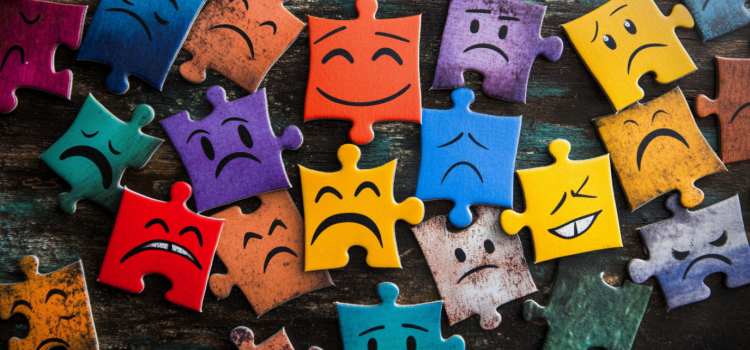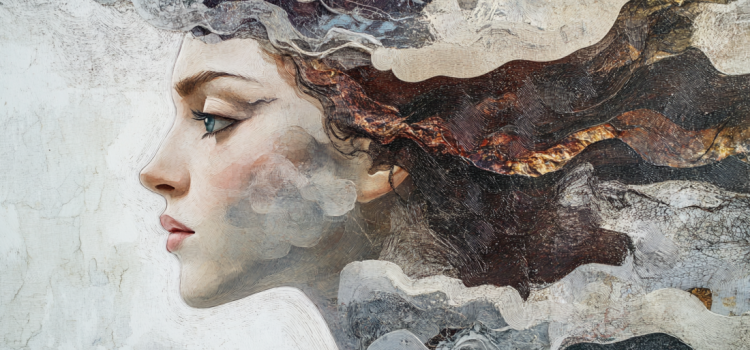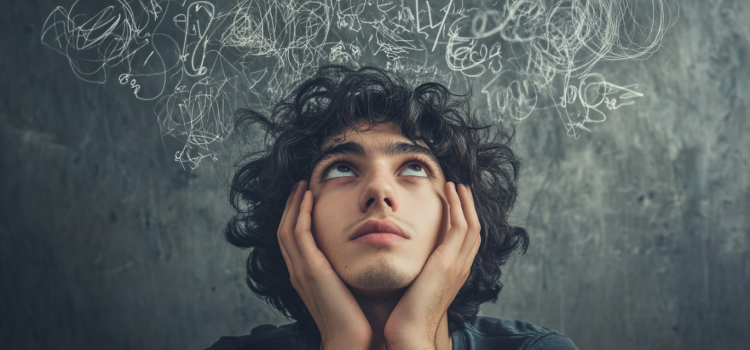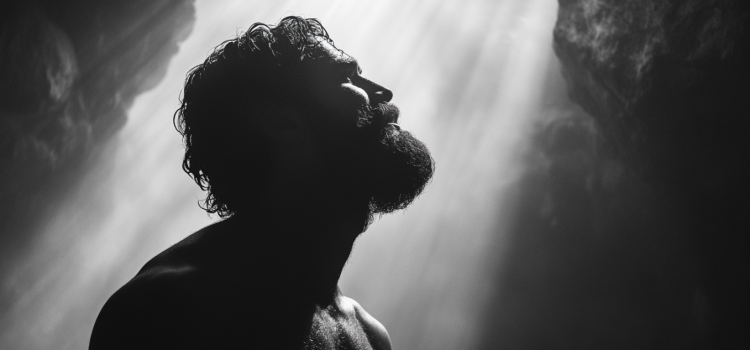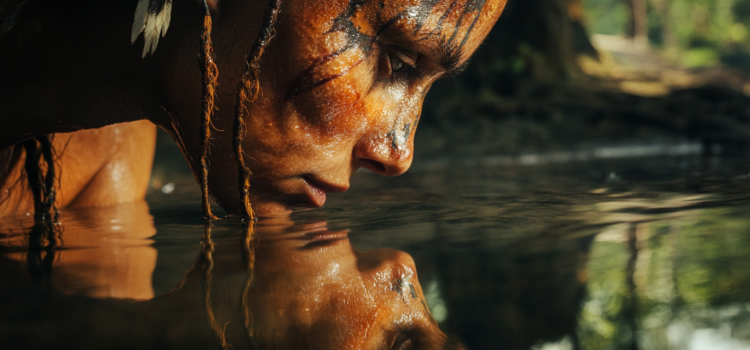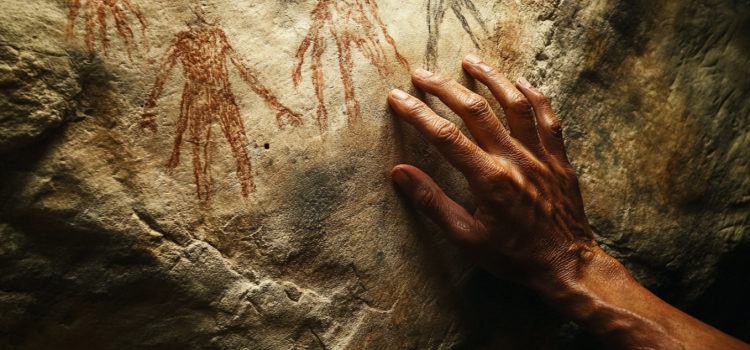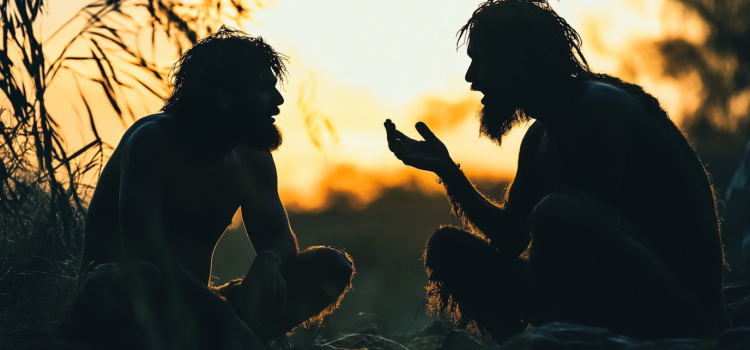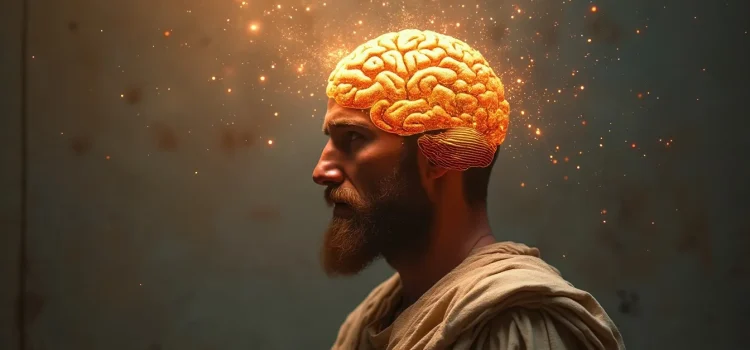How are emotions created? Why can the same physical sensation feel like anxiety in one situation but excitement in another? What happens when our bodies experience emotions without us knowing why? Leonard Mlodinow challenges our basic understanding of feelings, showing how our unconscious mind actively constructs emotions. His research on how emotions are created reveals that our interpretation of physical sensations plays a key role in determining whether we feel fear, joy, or something else entirely. Read more to learn about the invisible processes that create your emotional life.
How Are Emotions Created? The Role of the Unconscious Mind
